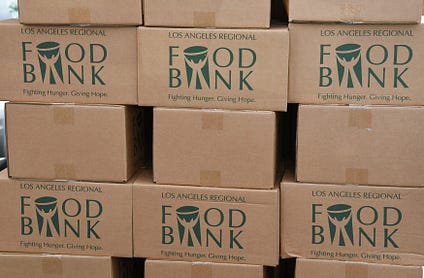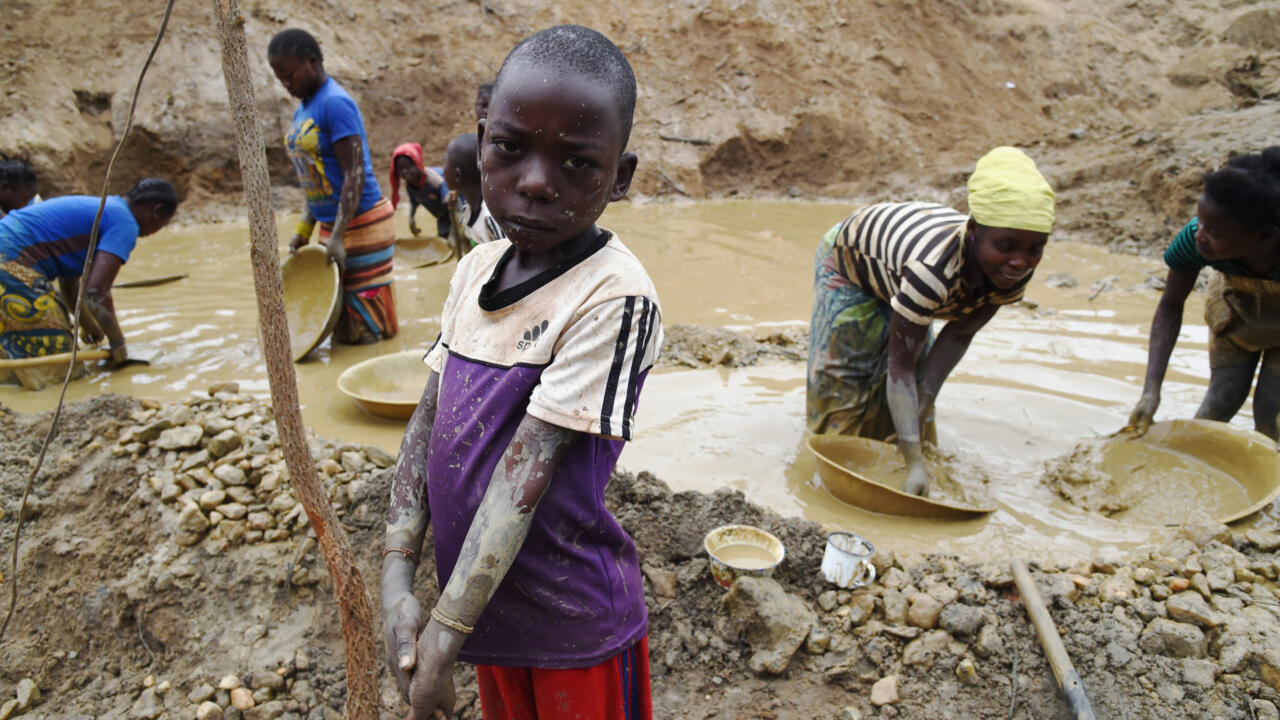Guterres: 700 Million People Live in Extreme Poverty Worldwide… – jordannews.jo

United Nations Report on Global Progress Towards Sustainable Development Goals
Current Status of SDG Achievement
A recent address by UN Secretary-General Antonio Guterres at the Global Summit on Social Development has highlighted a critical deviation from the trajectory required to meet the 2030 Agenda for Sustainable Development. The international community is failing to provide the necessary support to developing nations, thereby impeding progress across multiple Sustainable Development Goals (SDGs).
Key Challenges Impeding SDG Progress
Several significant challenges were identified as primary contributors to the current shortfall in achieving the SDGs, with a particular focus on social and economic disparities.
- SDG 1 (No Poverty): An estimated 700 million people globally remain in a state of extreme poverty, a direct contradiction to the primary goal of eradicating poverty in all its forms.
- SDG 10 (Reduced Inequalities): The fact that millions of individuals lack any form of social protection underscores a failure to reduce inequality within and among countries. This situation is described as both regrettable and unacceptable.
- SDG 17 (Partnerships for the Goals): Developing countries are not receiving the required level of international support, indicating a weakness in the global partnership for sustainable development needed to address mounting challenges.
Recommendations for Accelerated Action
To realign global efforts with the 2030 Agenda, the Secretary-General has issued a call for decisive international action centered on equitable financing and solidarity.
- Mobilize Climate Finance (SDG 13: Climate Action): The international community must urgently agree on a comprehensive plan to mobilize $1.3 trillion annually. This funding is essential to finance climate action initiatives within developing countries, directly supporting the objectives of SDG 13.
- Strengthen Global Solidarity and Financing (SDG 17: Partnerships for the Goals): Achieving social justice and sustainable development is fundamentally dependent on reinforcing global solidarity and establishing mechanisms for equitable financing. This approach is crucial for revitalizing the global partnership outlined in SDG 17.
1. Which SDGs are addressed or connected to the issues highlighted in the article?
The article addresses several Sustainable Development Goals (SDGs) by highlighting global challenges related to poverty, social welfare, climate change, and international cooperation. The following SDGs are directly connected to the issues discussed:
-
SDG 1: No Poverty
This goal is central to the article. The UN Secretary-General’s statement that “approximately 700 million people worldwide live in extreme poverty” directly addresses the primary objective of SDG 1, which is to end poverty in all its forms everywhere.
-
SDG 13: Climate Action
The article explicitly connects to this goal through the call to “mobilize $1.3 trillion annually to finance climate action in developing countries.” This highlights the urgent need for financial resources to combat climate change and its impacts, a core component of SDG 13.
-
SDG 17: Partnerships for the Goals
This goal is implicitly and explicitly addressed. The statement that “developing countries are not receiving the level of support needed” and the call for “global solidarity and equitable financing” point directly to the need for strengthening the means of implementation and revitalizing the global partnership for sustainable development, which is the essence of SDG 17.
2. What specific targets under those SDGs can be identified based on the article’s content?
Based on the specific issues raised in the article, the following targets can be identified:
-
Target 1.1: Eradicate extreme poverty
The article directly relates to this target by stating that “approximately 700 million people worldwide live in extreme poverty.” This figure underscores the world’s struggle to achieve the target of eradicating extreme poverty for all people by 2030.
-
Target 1.3: Implement social protection systems
The mention that “millions lack any form of social protection” clearly connects to this target, which aims to implement nationally appropriate social protection systems and measures for all, including floors, and achieve substantial coverage of the poor and the vulnerable.
-
Target 13.a: Mobilize climate finance
This target focuses on implementing the commitment by developed countries to mobilize climate finance to address the needs of developing countries. The Secretary-General’s call for a specific, large-scale financial mobilization—”$1.3 trillion annually to finance climate action in developing countries”—is a direct and ambitious reference to this target.
-
Target 17.3: Mobilize additional financial resources for developing countries
The article’s emphasis on the lack of support for developing countries and the call for a massive financial plan for climate action directly align with this target, which aims to mobilize financial resources for developing countries from multiple sources.
3. Are there any indicators mentioned or implied in the article that can be used to measure progress towards the identified targets?
Yes, the article mentions or implies several quantitative and qualitative indicators that can be used to measure progress:
-
Indicator for Target 1.1: Number of people in extreme poverty
The article provides a specific data point: “700 million people worldwide live in extreme poverty.” This number serves as a direct measure for Indicator 1.1.1 (Proportion of the population living below the international poverty line), highlighting the current status and the distance to the goal.
-
Indicator for Target 1.3: Coverage of social protection
The statement that “millions lack any form of social protection” implies a key metric for Indicator 1.3.1 (Proportion of population covered by social protection floors/systems). While not a precise number, it points to a significant gap in social protection coverage that needs to be measured and addressed.
-
Indicator for Target 13.a: Amount of climate finance mobilized
The call to “mobilize $1.3 trillion annually” serves as a proposed financial target and a clear indicator for measuring progress. This aligns with Indicator 13.a.1 (Amounts provided and mobilized in United States dollars per year), which tracks financial flows for climate action.
4. Create a table with three columns titled ‘SDGs, Targets and Indicators” to present the findings from analyzing the article.
| SDGs | Targets | Indicators (Mentioned or Implied in the Article) |
|---|---|---|
| SDG 1: No Poverty | Target 1.1: By 2030, eradicate extreme poverty for all people everywhere. | The number of people in extreme poverty, stated as “approximately 700 million people worldwide.” |
| SDG 1: No Poverty | Target 1.3: Implement nationally appropriate social protection systems and measures for all. | The number of people lacking social protection, described as “millions lack any form of social protection.” |
| SDG 13: Climate Action | Target 13.a: Implement the commitment to mobilize climate finance to address the needs of developing countries. | The annual amount of mobilized climate finance, with a proposed target of “$1.3 trillion annually.” |
| SDG 17: Partnerships for the Goals | Target 17.3: Mobilize additional financial resources for developing countries from multiple sources. | The level of financial support provided to developing countries, highlighted by the statement that they “are not receiving the level of support needed.” |
Source: jordannews.jo
What is Your Reaction?
 Like
0
Like
0
 Dislike
0
Dislike
0
 Love
0
Love
0
 Funny
0
Funny
0
 Angry
0
Angry
0
 Sad
0
Sad
0
 Wow
0
Wow
0




















































.jpg.webp?itok=0ZsAnae9#)


























